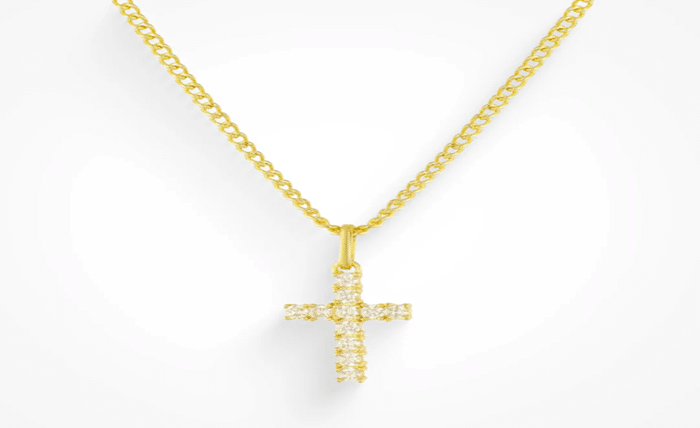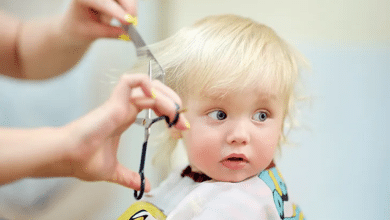The Intersection of Jewelry and Art: When Craft Meets Creativity

Jewelry has long been cherished not only for its ability to adorn the human body but also for its artistic value. The intersection of jewelry and art is where craft meets creativity, creating pieces that transcend mere accessories and become expressions of identity, culture, and emotion. In this article, we’ll explore how jewelry can embody artistic expression, the evolution of jewelry as an art form, and the contemporary trends shaping the future of this unique intersection.
The Evolution of Jewelry as Art
From ancient times, jewelry has played a pivotal role in human history, serving as a form of currency, status symbol, and even a medium for storytelling. Early civilizations, such as the Egyptians and Mesopotamians, crafted Evry Jewels intricate pieces using materials like gold, silver, and precious stones. These artifacts were not only decorative but also held significant cultural meanings, often linked to religious beliefs and social hierarchies.
As the centuries passed, the approach to jewelry began to evolve. The Renaissance brought about a surge in creativity, with artisans experimenting with new techniques and designs. The use of gemstones became more prevalent, and intricate settings showcased not just craftsmanship but also a burgeoning sense of artistry. During this period, jewelry transitioned from mere adornment to a legitimate art form, capable of conveying personal and cultural narratives.
Craftsmanship Meets Creativity
One of the most fascinating aspects of the jewelry-making process is the blend of craftsmanship and creativity. Jewelry artisans are often trained in traditional techniques, such as metalworking, stone setting, and engraving. However, the true magic happens when these skills are combined with an innovative vision.
Craftsmanship in jewelry is akin to the foundation of a building; it provides the structural integrity needed to support artistic expression. Without a solid grounding in the techniques of metalworking or gemology, even the most imaginative designs could fail to materialize effectively. On the other hand, creativity is what breathes life into these pieces, transforming them from functional items into wearable art.
The Role of Contemporary Artists
In today’s world, the line between jewelry and fine art has blurred significantly. Contemporary artists are increasingly viewing jewelry as a canvas for their creative expression. They challenge traditional norms and push boundaries by incorporating unexpected materials and techniques.
For example, artists like Miriam Haskell and Kara Ross have gained recognition for their unique approaches to jewelry design. Haskell’s pieces often feature intricate beadwork and vintage components, creating a sense of nostalgia and whimsy. In contrast, Ross explores the fusion of fashion and fine art, crafting jewelry that often incorporates unconventional materials such as leather, wood, and textiles. This shift signifies a growing recognition of jewelry as a legitimate art form, prompting discussions about the nature of creativity and artistic expression.
Cultural Significance in Jewelry Art
Jewelry has always been a reflection of culture and identity, and today’s artists are keenly aware of this connection. Many contemporary jewelers draw inspiration from their heritage, infusing their work with cultural significance. For instance, indigenous artisans often incorporate traditional symbols and techniques into their jewelry, telling stories that resonate with their communities.
This cultural dimension adds another layer of meaning to jewelry, inviting wearers to engage with the art on a deeper level. When someone dons a piece that celebrates their cultural heritage, it becomes more than an accessory; it transforms into a personal statement and a way to connect with one’s roots.
The Future of Jewelry as Art
As we look to the future, the intersection of jewelry and art will likely continue to evolve. Emerging technologies, such as 3D printing and computer-aided design, are revolutionizing how jewelry is created. These innovations allow artists to experiment with forms and designs that were previously unimaginable, opening up new avenues for creativity.
Sustainability is also becoming a crucial consideration in the jewelry industry. As consumers become more aware of ethical practices, many artists are exploring eco-friendly materials and responsible sourcing. This shift towards sustainability not only reflects a growing consciousness about the environment but also adds a layer of narrative to the jewelry, making each piece not just a work of art, but also a commitment to a better world.
The Personal Connection
Ultimately, the beauty of jewelry lies in its ability to forge connections—between the creator and the wearer, between cultures, and between past and present. When craft meets creativity, jewelry transcends its physical form to become a vessel of expression and connection.
Whether you’re wearing a hand-crafted ring that tells a story or an avant-garde necklace that challenges conventional aesthetics, you’re participating in a rich tradition that honors both craftsmanship and artistic vision. Each piece of jewelry is a testament to the intersection of these two worlds, inviting us to celebrate the artistry that adorns us.
Conclusion
The intersection of jewelry and art is a vibrant space where craft meets creativity, giving birth to pieces that are as meaningful as they are beautiful. As we continue to explore this relationship, we find that jewelry is not just about adornment; it is a powerful medium for expression and connection. The evolution of jewelry as an art form will only deepen, inviting new generations of artists to explore and expand the boundaries of what jewelry can be. So the next time you wear a piece of jewelry, remember that you are not just wearing an accessory; you are wearing a story, an idea, and a slice of creativity that spans across cultures and time.




